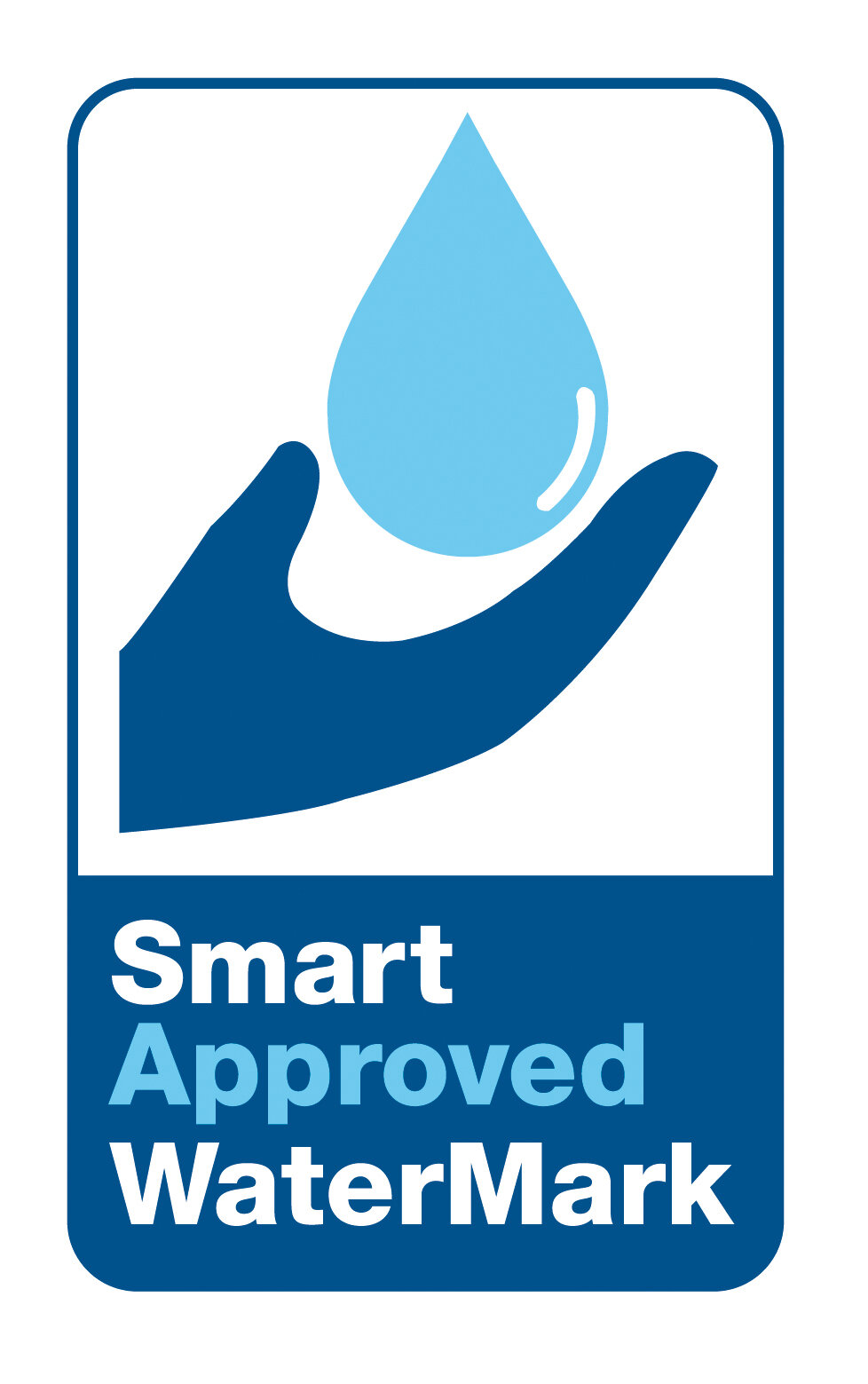Over the years, “prompts” have proven to help change behaviors. Prompts are typically signs, for instance, in restrooms, to remind users to wash their hands. Most of us get a prompt every time we get in our cars. A light and chime come on, prompting us to fasten our seat belts.
Ten years ago, a study, “The Use of Visual Prompts to Increase the Cleanliness of Restrooms on a College Campus,” was conducted to see if prompts could change men’s behaviors in public restrooms and help keep restrooms cleaner and more sanitary. Although the study was done a decade ago, its findings are still relevant today.
Here’s how the study was run. Men’s rooms on two separate floors — floor one and floor two — in a university building were used. A men’s room on the third floor was also included, but as a control setting. A controlled setting is used in research to help eliminate uncertainties.
As to what the researchers were looking for: urine, or more specifically, urine on a tile floor. Here’s how they did it:
At the end of each day, between 4 p.m. and 5 p.m., two observers independently assessed the floor tiles in each of the restrooms. A corresponding square on a datasheet was crossed off for each floor tile with urine on it. The amount of urine on a tile was not quantified; as long as there was any evidence of any amount of urine on a tile, the box was crossed off. Furthermore, the difference between urine and water was ascertained by the translucent visual properties of the former. Also, water evaporated without leaving a mark, while urine resulted in a reflective stain on the floor tiles.
The study on floor one continued for 38 consecutive days. On the other two floors, it ran for 51 days. All floors had considerable amounts of urine on the floor tiles, especially near the urinals.
To address this, the researcher used the following prompts:
• In the restroom on floor one, a sign was posted between two urinals that read, “For Pete’s Sake, Gentlemen,” and was printed in black, 50-point type. The second line of text read, “Please Stand Closer,” referring to the urinals and printed in red, 64-point type.
• In the floor two restroom, another prompt was placed at the bottom of the urinal. This prompt depicted a black, circular “bullseye” that was 6.4 cm in height. This prompt also included textual feedback in the form of a heat-activated message that read, “Help the Cleaners. Please Aim Straight.”
• No signs or prompts were used in the control restroom.
Drum Roll: The Results
The prompts worked. The introduction of the sign, “For Pete’s Sake, Gentlemen,” resulted in a 37.7 percent reduction in urine found on the floor tiles. The “bullseye” prompts were effective as well, just not as effective, resulting in a 24 percent reduction in urine on the restroom floor tiles.
But there’s more. The custodial workers were very happy. While they still had to clean the restroom floors each day, less urine on the floor reduced the amount of urine tracked onto nearby hallways. This made their job easier and helped keep the facility cleaner and healthier.
This study reminds us of the introduction of waterless urinals back in the early 1990s. In those days, men were baffled. How do you use this thing? Where’s the flush valve? The funny thing was, there was nothing for them to do but use the urinal and walk away. We had signs — prompts — indicating this, and the issue soon disappeared. Our conclusion: Prompts work.










